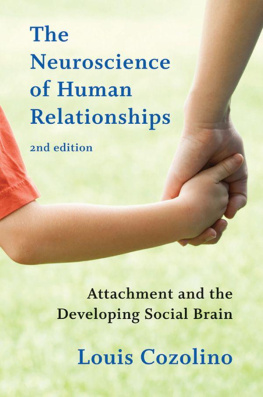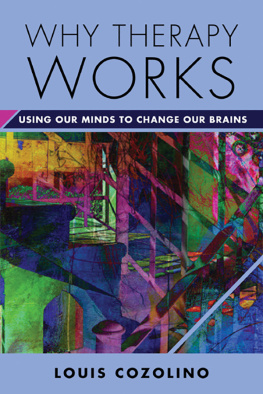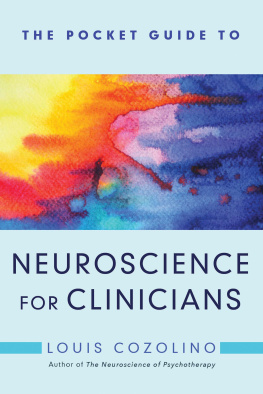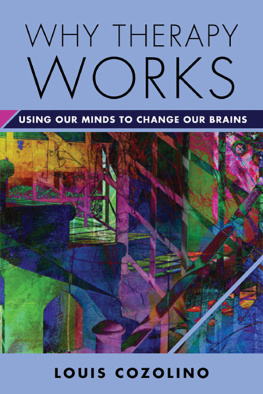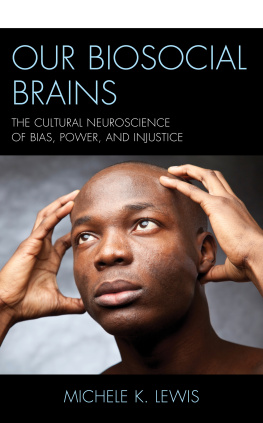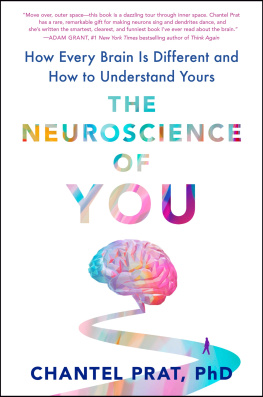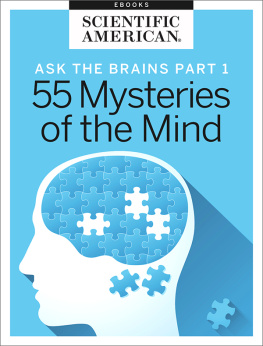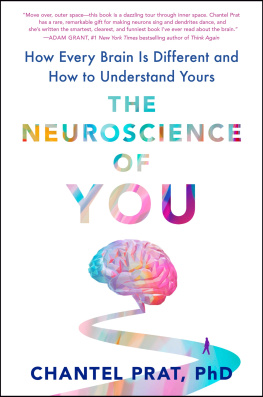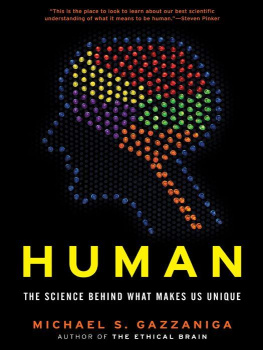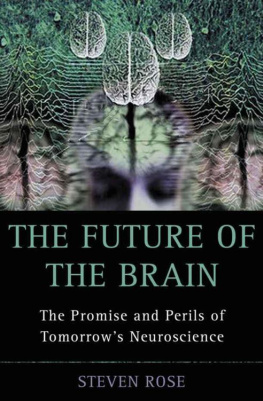Louis Cozolino - The Neuroscience of Human Relationships: Attachment and the Developing Social Brain (Second Edition)
Here you can read online Louis Cozolino - The Neuroscience of Human Relationships: Attachment and the Developing Social Brain (Second Edition) full text of the book (entire story) in english for free. Download pdf and epub, get meaning, cover and reviews about this ebook. year: 2014, publisher: W. W. Norton & Company, genre: Home and family. Description of the work, (preface) as well as reviews are available. Best literature library LitArk.com created for fans of good reading and offers a wide selection of genres:
Romance novel
Science fiction
Adventure
Detective
Science
History
Home and family
Prose
Art
Politics
Computer
Non-fiction
Religion
Business
Children
Humor
Choose a favorite category and find really read worthwhile books. Enjoy immersion in the world of imagination, feel the emotions of the characters or learn something new for yourself, make an fascinating discovery.
- Book:The Neuroscience of Human Relationships: Attachment and the Developing Social Brain (Second Edition)
- Author:
- Publisher:W. W. Norton & Company
- Genre:
- Year:2014
- Rating:3 / 5
- Favourites:Add to favourites
- Your mark:
The Neuroscience of Human Relationships: Attachment and the Developing Social Brain (Second Edition): summary, description and annotation
We offer to read an annotation, description, summary or preface (depends on what the author of the book "The Neuroscience of Human Relationships: Attachment and the Developing Social Brain (Second Edition)" wrote himself). If you haven't found the necessary information about the book — write in the comments, we will try to find it.
A revised edition of the best-selling text on how relationships build our brains.
As human beings, we cherish our individuality yet we know that we live in constant relationship to others, and that other people play a significant part in regulating our emotional and social behavior. Although this interdependence is a reality of our existence, we are just beginning to understand that we have evolved as social creatures with interwoven brains and biologies. The human brain itself is a social organ and to truly understand being human, we must understand not only how we as whole people exist with others, but how our brains, themselves, exist in relationship to other brains.The first edition of this book tackled these important questions of interpersonal neurobiologythat the brain is a social organ built through experienceusing poignant case examples from the authors years of clinical experience. Brain drawings and elegant explanations of social neuroscience wove together emerging findings from the research literature to bring neuroscience to the stories of our lives.
Since the publication of the first edition in 2006, the field of social neuroscience has grown at a mind-numbing pace. Technical advances now provide more windows into our inner neural universe and terms like attachment, empathy, compassion, and mindfulness have begun to appear in the scientific literature. Overall, there has been a deepening appreciation for the essential interdependence of brain and mind. More and more parents, teachers, and therapists are asking how brains develop, grow, connect, learn, and heal. The new edition of this book organizes this cutting-edge, abundant research and presents its compelling insights, reflecting a host of significant developments in social neuroscience.
Our understanding of mirror neurons and their significance to human relationships has continued to expand and deepen and is discussed here. Additionally, this edition reflects the gradual shift in focus from individual brain structures to functional neural systemsan important and necessary step forward. A great deal of neural overlap has been discovered in brain activation when we are thinking about others and ourselves. This raises many questions including how we come to know others and whether the notion of an individual self is anything more than an evolutionary strategy to support our interconnection.
In short, we are just beginning to see the larger implications of all neurological processeshow the architecture of the brain can help us to better understand individuals and our relationships. This book gives readers a deeper appreciation of how and why relationships have the power to reshape our brains throughout our life. 27 illustrations
Louis Cozolino: author's other books
Who wrote The Neuroscience of Human Relationships: Attachment and the Developing Social Brain (Second Edition)? Find out the surname, the name of the author of the book and a list of all author's works by series.

